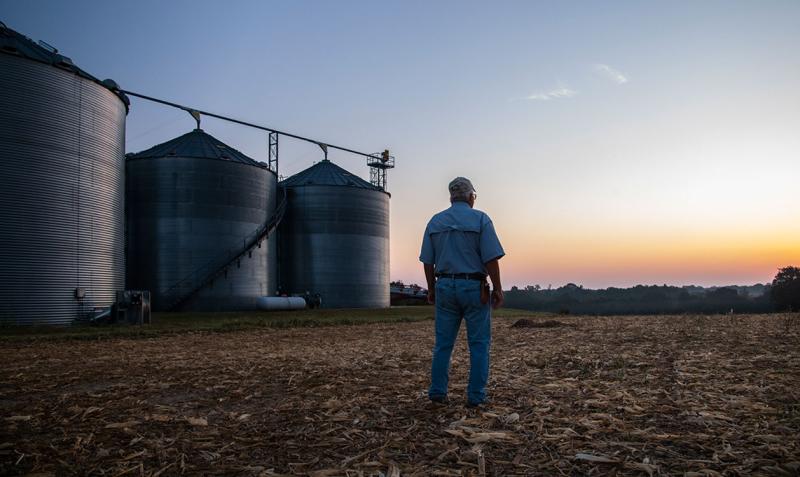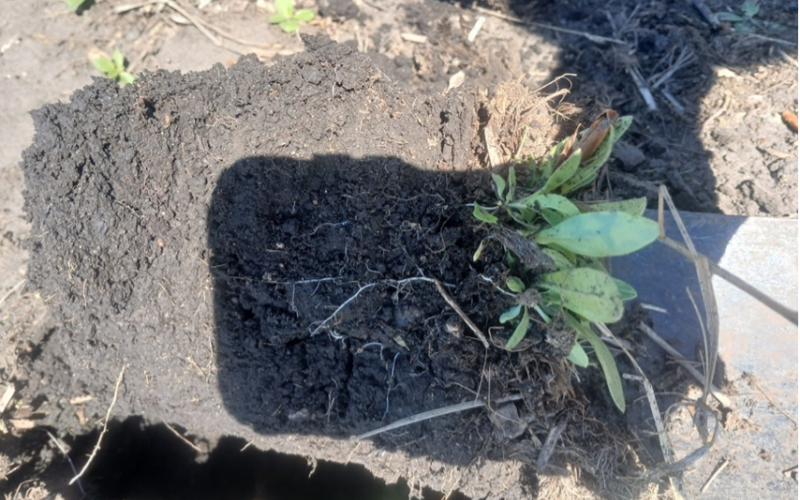
The status of carbon-focused discussions can be very confusing at best. New terms and acronyms have permeated through social and economic discussions. Trying to thoroughly understand topics, such as: carbon offsets, carbon credits, carbon footprint, carbon neutrality, carbon offsetting, carbon sinks, carbon credit certification, climate change, global warming, greenhouse (abbreviated as GHG) gasses, fossil fuels, greenwashing, carbon life-cycle assessments, net zero, carbon dioxide (abbreviated as CO2), nitrous oxide (N2O), and methane (CH4) can be very overwhelming.
We at SDSU Extension may feel the same sense of being overwhelmed while attempting to provide our agricultural producers with unbiased, science-based information to help develop a better understanding of this chaotic topic. Individually, whether you believe any of these topics have merit is your choice. However, it appears that all of us in one way or another through our use of fuels, fertilizers, crop production choices, equipment purchases and prices received for our commodities will experience the effects of these factors. Therefore, a better understanding of what is before us will help address, not only producers’ and stakeholders’ concerns, but also aid in developing future policies and laws. It is sometimes easy to overlook topics and issues that are too broad in nature, but these are the very topics that require the utmost attention, especially carbon-related issues, because these are universal and will only continue to grow.
Soil is the foundation of all terrestrial life and is critical for a quality food supply. Therefore, protecting and building up soil resources is vitally important and widely supported by scientific studies. SDSU Extension, the U.S. Department of Agriculture Natural Resources Conservation Service, the South Dakota Soil and Grasslands Coalitions, Pheasants Forever, Ducks Unlimited, and many others are working on a common goal to improve our soil and water resources.
Soil Health Principles

The “Soil Health Principles” have evolved out of these educational efforts to help producers and landowners better understand the basics for soil improvement. The Soil Health Principles (South Dakota Soil Health Coalition) are the primary focus of soil health and conservation management and education in South Dakota. They include:
- Keeping the soil surface covered to protect against erosion.
- Limiting or eliminating tillage.
- Growing a living root as much as possible.
- Using crop rotation variety and cover crops.
- Integrating livestock on croplands.
At the same time, climate change, greenhouse gases, and carbon-focused models are under development. Are the soil health educational efforts and carbon discussions similar? The goal of this article is to evaluate only one carbon model, The Greenhouse Gases, Regulated Emissions, and Energy Use in Technologies (abbreviated as GREET) model, in accordance to the Five Soil Health Principles.
The GREET Model
The GREET model was developed by the Argonne National Laboratory (U.S. Department of Energy). Several other models exist, but GREET has been politically identified as the most-important guiding model going forward (Thune-Klobuchar, Oct 17, 2023) and is under consideration by Federal lawmakers. The GREET model has very simple inputs, and is based on what crop is grown (Argonne National Laboratory, Feedstock Carbon Intensity Calculator, FD-CIC). Table 1 addresses how the model's various inputs apply to the Five Soil Health Principles.
GREET Model Inputs:
- Crop and yield.
- Energy consumed per-acre (diesel, gasoline, natural gas, propane and electricity)
- Nitrogen fertilizer source in lbs. N/a
- Phosphorus fertilizer source in lbs. P2O5/a
- Potash fertilizer in lbs. K2O/a
- Lime in lbs./a
- Herbicides in grams/a
- Insecticides in grams/a
Crop/Soil Management Inputs:
- Location (state and county).
- Cover crop use as yes or no.
- Manure application as yes or no.
- Tillage as either conventional, reduced, or no-till.
GREET Model Outputs:
Outputs from the GREET model show the amounts of greenhouse gases coming from each of the inputs and whether the soil is gaining or losing carbon.
| Soil Health Principle | Addressed in GREET |
|---|---|
| 1) Keeping the soil covered. | Yes, tillage type is included in model input questions. |
| 2) Greatly reducing or eliminating tillage. | Yes, model increases soil carbon with less tillage. |
| 3) Growing a living root as much as possible. | Yes, cover crop use is an input question; however, perennials are not an option. |
| 4) Using crop rotation and variety. | Model only includes as cover crop; however, cover crop composition is not addressed and only one crop year is assessed, with only limited crop choices (corn, soybeans, sorghum and rice). |
| 5) Livestock integration. | Model only inputs if manure is applied. Does not address how much manure or livestock grazing effects. |
Summary
The GREET model partially covers the soil health principles, and with some simple additions or modifications, could address crop rotations, cover crop composition, crop variety, and livestock integration. Farming operations are not static. Crops, cover crops, livestock and other potential enterprises are used differently each year. Therefore, the GREET model should be more adaptive to various farm situations. It is very possible, and we hope the model will continually be updated to address the ever-changing status of agriculture.
References
- Energy Systems and Infrastructure Analysis, Argonne National Laboratory, 9700 S. Cass Avenue Building 362, Argonne, IL 60439-4844 USA. e-mail.
- Thune, Klobuchar Bill would Recognize Environmental Benefit of Biofuels, Promote Efficient Farming, John Thune, U.S. Senator for South Dakota, press release, Oct 17, 2023
- The South Dakota Soil Health Coalition, Five Soil Health Principles.


